Almost every digital camera has an internal flash. It's handy when there's not enough natural light, but you'll quickly reach your limits. If you use the flash more often, you will notice that it does not illuminate the subject completely or evenly. As a rule, the centre of the picture is clearly too bright, while the peripheral and background areas are too dark. Everything a little further away from the lens therefore disappears in the dark. But the internal camera flash has another disadvantage: it always illuminates the subject directly, creating harsh shadows. In addition, portraits often result in unwanted red eyes.
You can avoid all these disadvantages by doing without the internal camera flash and buying an external flash unit instead. Many models today have good automatic controls, so you don't have to be a photography expert to get good results with such a flash. However, the range of external flashes is large and not every device is equally suitable for every requirement. The models on offer are distinguished by their design and the area of application. Amateur photographers often use a clip-on or system flash. It is simply plugged onto the flash shoe and exchanges information with the camera. But apart from that, there are other external flash units that play a role in digital photography. Read on in the shop section below to find out more about what you should look for when choosing an external flash unit.
Although modern digital cameras have an extremely large number of functions that can also be activated in just a few steps, the photographer cannot get by without a flash in every case. When trying to take a brilliant picture against the light, both amateurs and professionals reach their limits. In case of doubt, neither one of today's digital cameras nor a smartphone or tablet will help. External flash units are the solution.
Successful photos live from good light - and you have to set it. Modern flash units are far more than mere brighteners. They allow for flexible and creative lighting that significantly enhances your photographs. Flashes are indispensable shooting aids both indoors and outdoors. They add a whole new sparkle to your shots. And if you've never used a system flash before, you'll be amazed at how easy it is to use. If good photos are important to you, don't leave the light to chance.
The amount of light that a flash unit offers can be recognised by the so-called guide number. The number 12, for example, would mean that the flash still illuminates objects well that are at a distance of 12 metres from the camera. However, you should not orientate yourself exclusively on the guide number value, because the actual achievable output also depends on many other factors. For example, the guide number formula refers to an aperture of F/1, but this is only a theoretical value. Hardly any lens is so fast. To determine the practical value, therefore, always divide the guide number value by the aperture setting you are currently using. In the above example, the flash unit could therefore only illuminate a distance of only three metres as soon as you select an aperture of F/4. But the light sensitivity also influences the luminosity of the flash. The flash guide number is specified for an ISO value of 100, so you can improve the illumination by setting a higher ISO value. For all-round use, flash units with a guide number of at least 35 are recommended. By the way: When buying a flash, also pay attention to the flash firing time. This indicates how long the flash unit needs after a shot to be ready for use again. This is particularly important for continuous shooting.
An SLR or system camera has a so-called flash shoe to which an external flash can be connected. The flash is pushed in there and clamped firmly. A flash cable can also be attached there. However, there are differences in the contacts between the individual camera manufacturers. Therefore, not every flash unit can be used on every camera. You can avoid this problem by choosing a flash unit from your camera manufacturer. However, such a flash unit is not necessarily the best choice for your needs. Many third-party manufacturers now offer compatible flash units that often perform very well and are available at a lower price. If your flash of choice is not compatible with your camera, it is possible to ensure the connection to the camera with an adapter.
Many amateur photographers do not want to worry about how to set the flash. Then a flash unit with full automatic is required. It can make the necessary settings itself depending on the shooting situation. Provided you operate your camera in automatic mode, you therefore only have to worry about the subject. The camera will do the rest for you. A flash unit that adjusts itself to every shooting situation in the best possible way can be recognised by the abbreviation TTL. It stands for "Through The Lens" and literally means "through the lens". With this method, the flash uses the camera to measure the light intensity through the camera lens. It leads to better exposure results than metering through the flash itself. In addition, a TTL flash does not require an additional sensor, which is why there are no unnecessarily high costs.
In addition, TTL metering also helps to make it easier for the camera to focus. Especially in a dark environment, the camera's autofocus has difficulty focusing on the subject. This is when the autofocus assist light, which is integrated in many flash units, is a valuable help. Before the flash is triggered, it measures the distance with the help of the auxiliary light and transmits it to the camera. Based on this, the camera can set the optimal focus. Depending on the camera you are using, the abbreviation TTL may be preceded by another letter. An example of this is the abbreviation P-TTL, which is only used with flash units for Pentax cameras.
The internal flash of a camera can only ever light a scene from the front. The same applies to simple clip-on flashes. This not only threatens to overexpose the central subject, it can also result in unsightly, harsh shadows. Over-flashing also creates large contrasts between light and dark. You can only avoid this problem by choosing a flash unit with which you can also flash indirectly. This works if the flash head can be swivelled. Units with this function have a joint with which the flash head can be turned upwards or sideways. This means that the flash light does not hit the subject head-on, but is reflected back from the ceiling or wall. This means that your scene is only illuminated by the indirect light, which makes the lighting less obtrusive and much more natural. With swivelling flash units, strong luminosity is even more important because otherwise the ceiling cannot reflect the light sufficiently. If you often shoot in portrait format, the flash head should also be able to swivel vertically so that you can also flash the ceiling when the camera is tilted and there are no white side walls available.

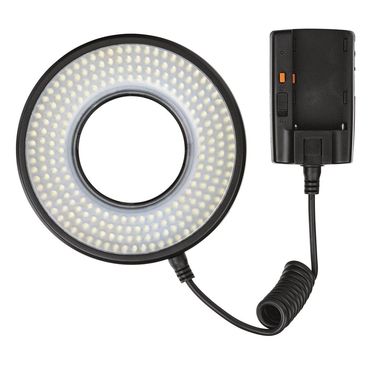
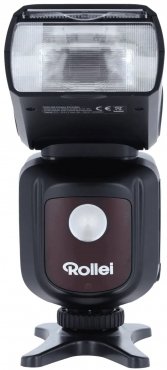
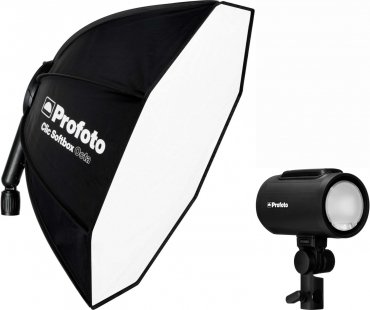

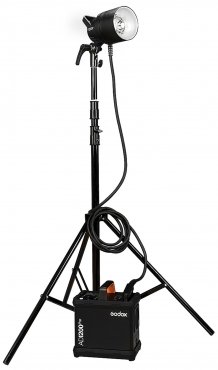
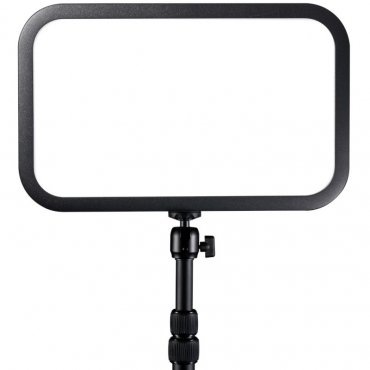


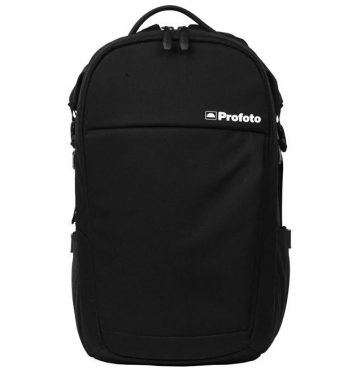
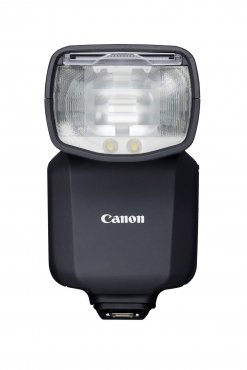
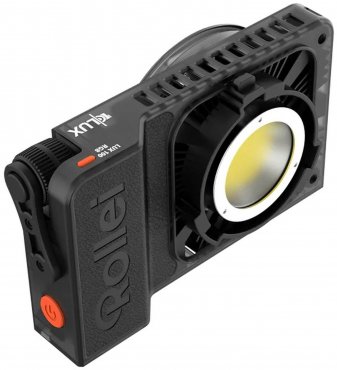
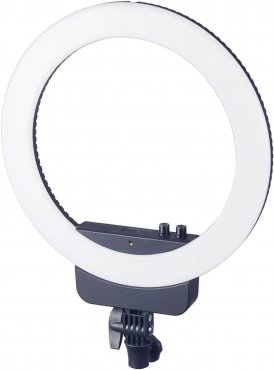
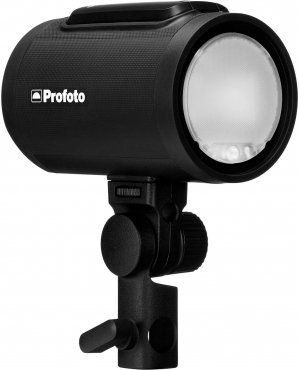
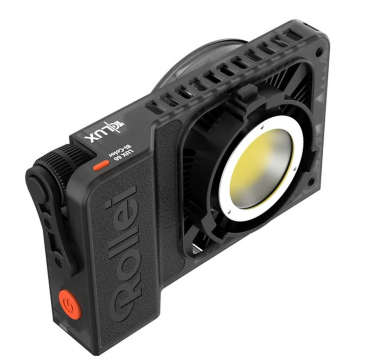
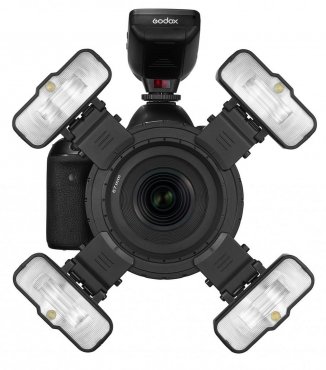
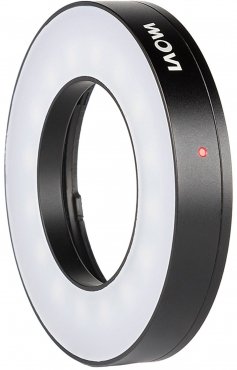
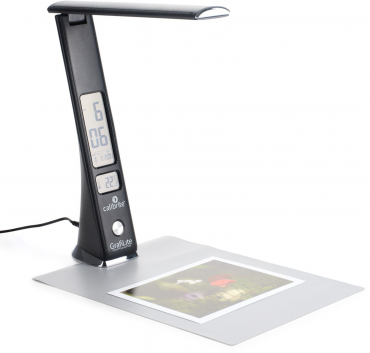
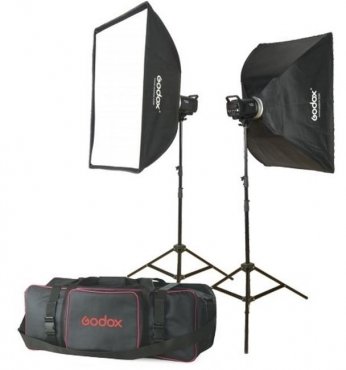

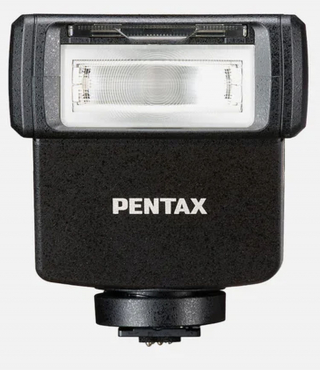
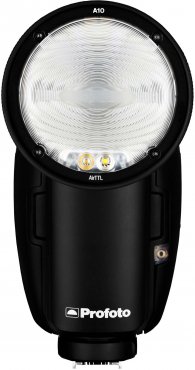


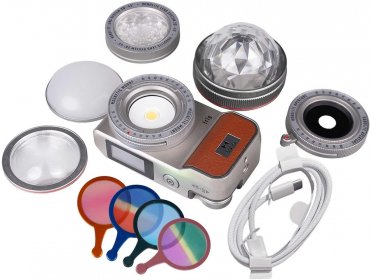
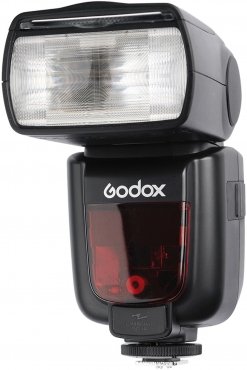
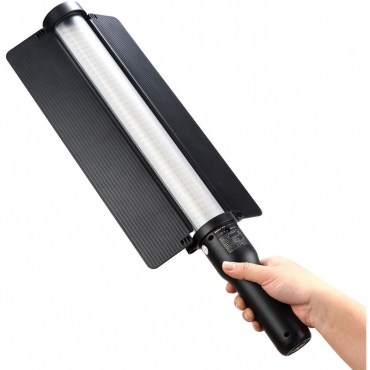


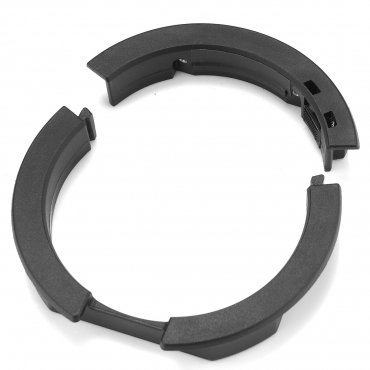

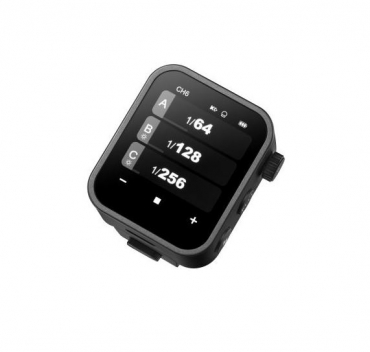


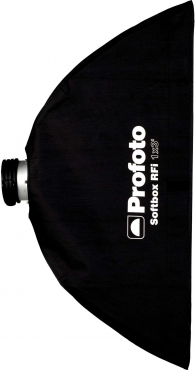
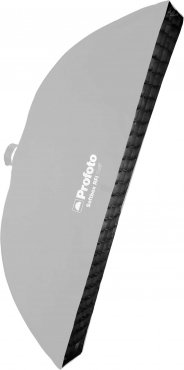
Simply subscribe and benefit as a newsletter recipient every week: